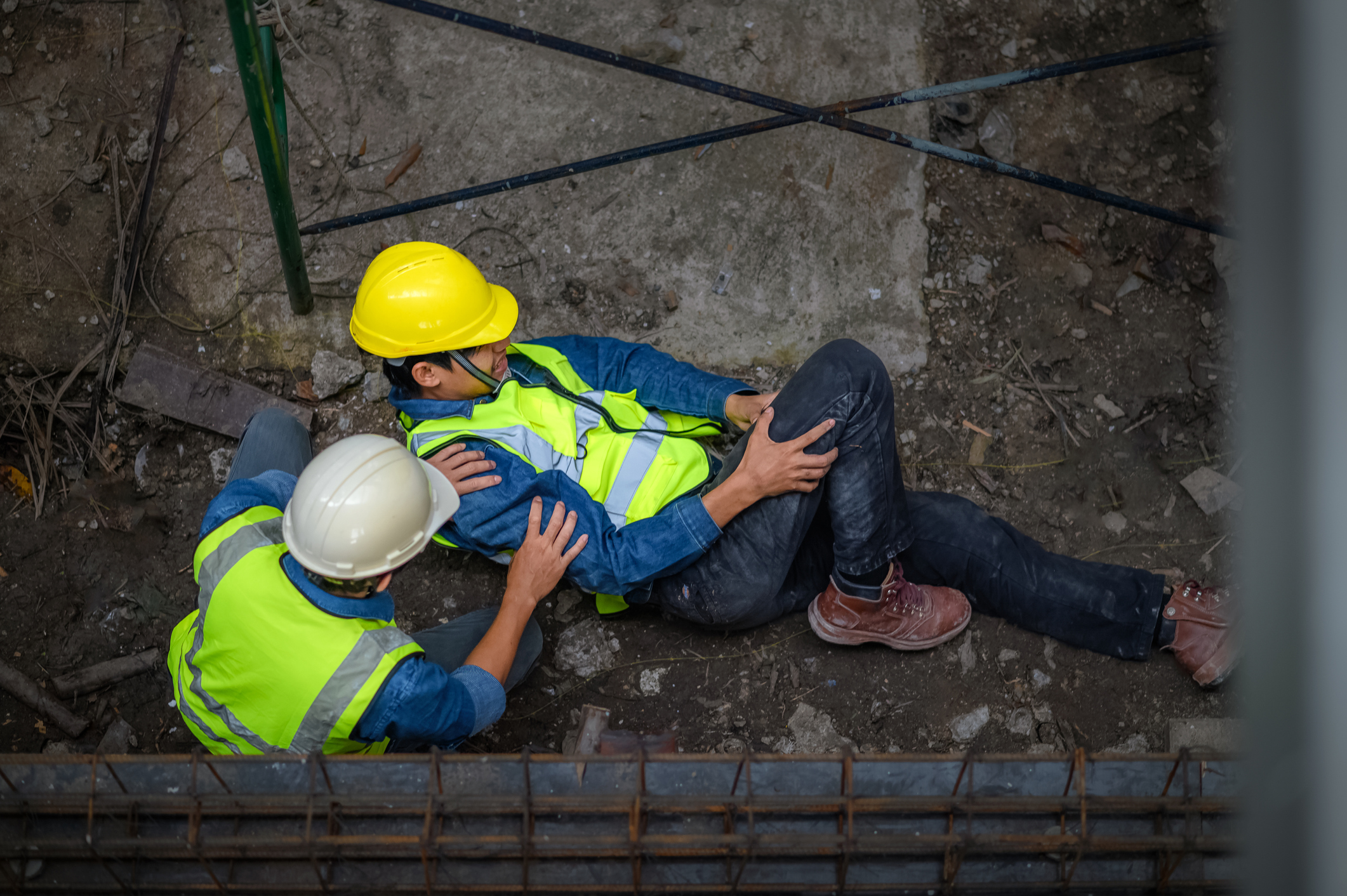Rising Departures: Addressing the Great Resignation and Its Effects on Workplace Safety
It’s a tale as old as 2021: millions of employees across the United States are quitting their jobs each month, whether to pursue remote work, to capitalize on higher wages offered in response to shrinking applicant pools, in an attempt to finally turn their passion into a career, or simply to retire.
Whatever their motivations, job movement has reached high tide and has collectively contributed to the post-pandemic Great Resignation and its associated perils for employers — and calmer waters may be more distant than previously thought. In 2022, more than four million employees per month left their jobs, and the trend seemed to be slowing slightly as we crossed into 2023. But in May 2023, employment departures rose by the highest rate recorded in recent months, creeping back up to 4.02 million.
In a poll from early 2023, it was found that nearly half of all employed Americans planned to quit their job within 12 months. What the rest of the year holds remains to be seen, but there’s no question that it’s more important than ever for employers to retain their talent — and finding the right employee for the job is the most logical place to start.
Keeping Employees — and Keeping Employees Safe
Not only can appropriate vetting and strategic placement help to reduce employee turnover, but these measures can also decrease the risk of workplace accidents and injuries.
When it comes to employees in safety-sensitive, safety-conscious or physically demanding roles, pre-employment services are of particular importance. These services may include human performance evaluations (HPEs) to assess an employee’s fitness for duty, meaning their ability to perform their job functions safely and effectively.
Once a new worker is hired, employers should immediately implement proper onboarding, safety training, and worker readiness and conditioning programs to help prevent injuries within the first year of their employment or change in role, which is generally when workers are most likely to get injured.
A Changing Landscape Complicates Hiring and Retention and May Compromise Safety
Another consideration for employers in hiring and ultimately retaining employees — especially in current times — is whether or not to administer pre-employment drug testing, specifically for marijuana (cannabis).
As cannabis legalization continues to expand — 43 states and Washington, D.C., have legalized some form of cannabis as of this writing — many employers are finding that they’re losing what may have been good employees to positive pre-employment and even post-accident drug tests, some of which are sure to be related to legal, after-hours marijuana use.
In other cases, would-be applicants are choosing to pass over a position that requires a pre-employment drug test, leaving employers to choose between hiring a subpar or ill-fitting employee (with an elevated risk of injury and/or quick turnover) or doing away with drug testing altogether — something which may also compromise workplace safety.
It should be noted that safety-sensitive and federally regulated employees are still subject to drug testing, regardless of state law or an organization’s policies, and drug testing (including cannabis testing) is highly encouraged for employees whose on-the-job use may negatively impact workplace safety.
When writing, reevaluating or updating your drug testing policies, consult your legal counsel to better understand how federal, state and local laws may apply.
Adapting to Adversity
Amid the ongoing labor shortage, rampant turnover, changing societal landscape and other challenges, it’s worth redoubling or restructuring your efforts to find employees who are well suited to their respective positions.
A well-rounded talent strategy will utilize the pre-employment services applicable to the role, then adhere to policies, plans and programs that can help keep workers safe and productive — all with the goal of building a stable, healthy workforce that can stand the test of time. &










